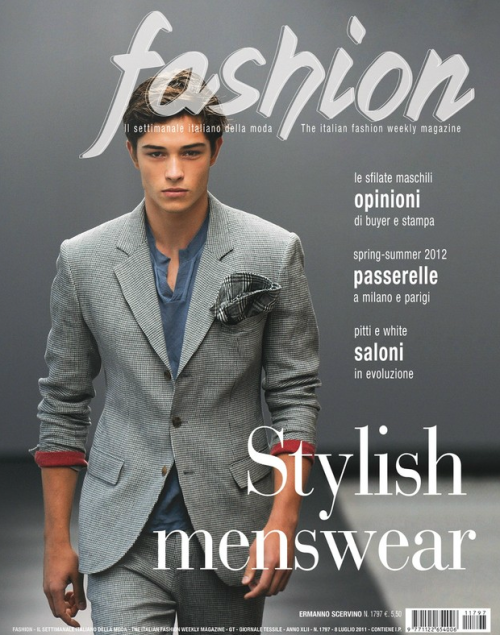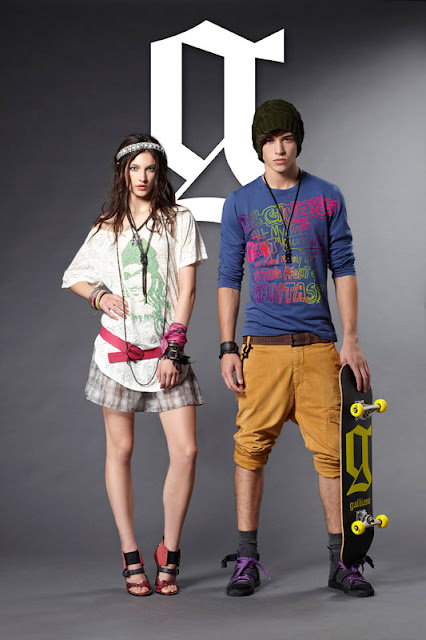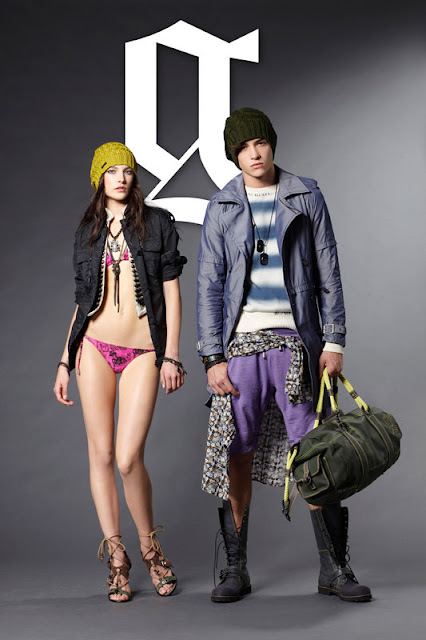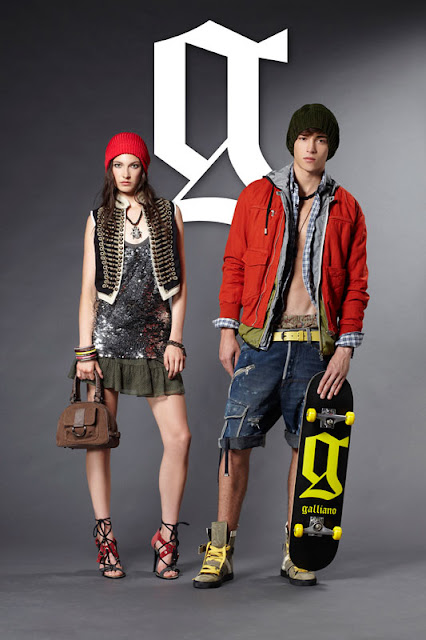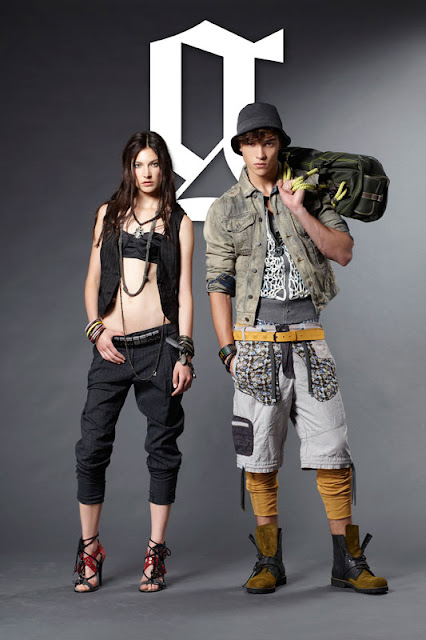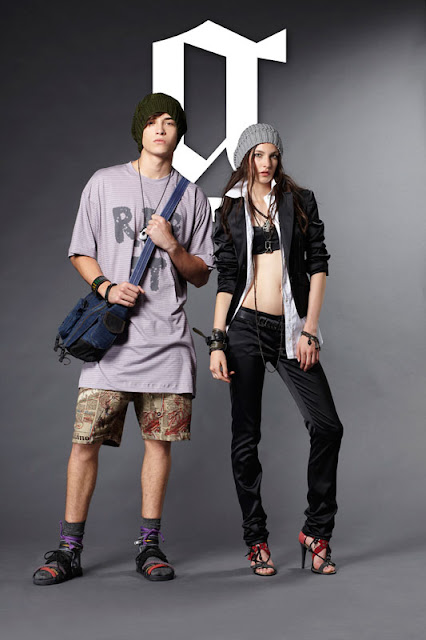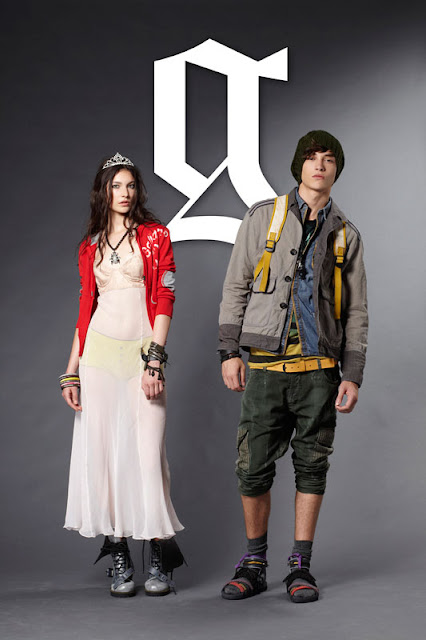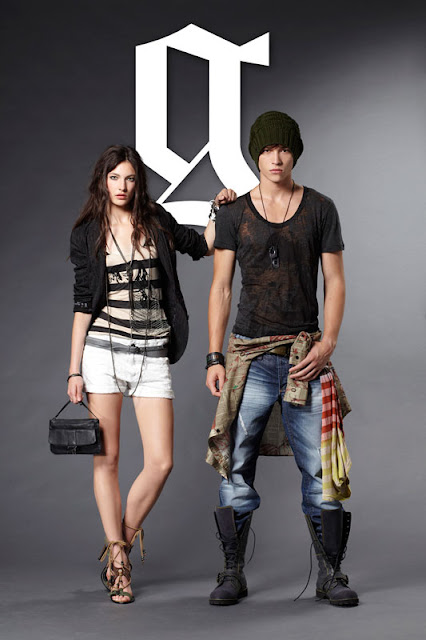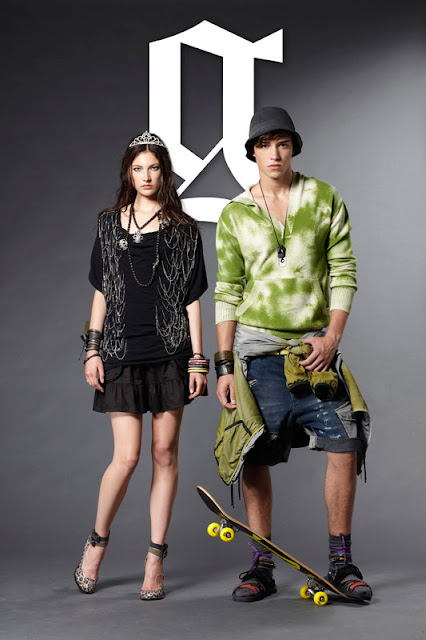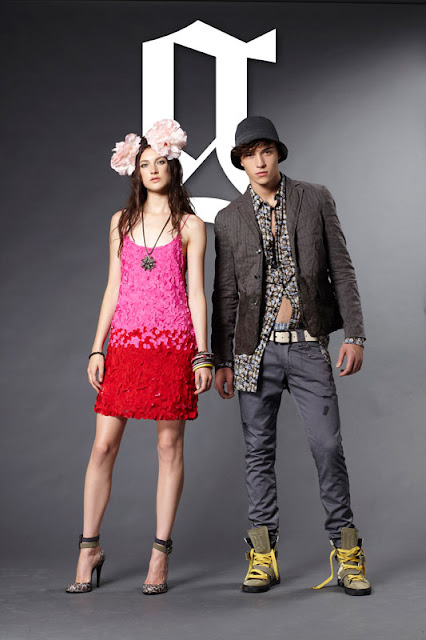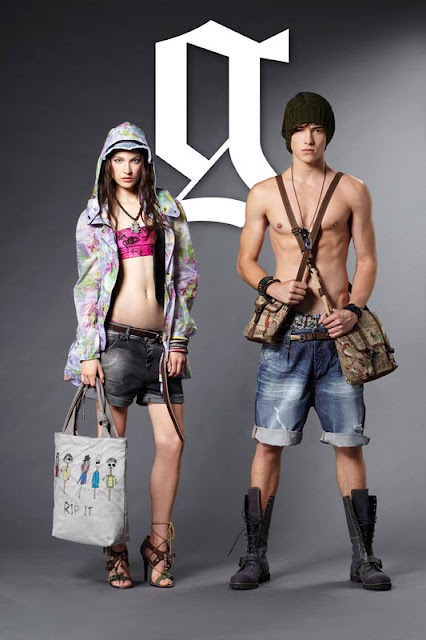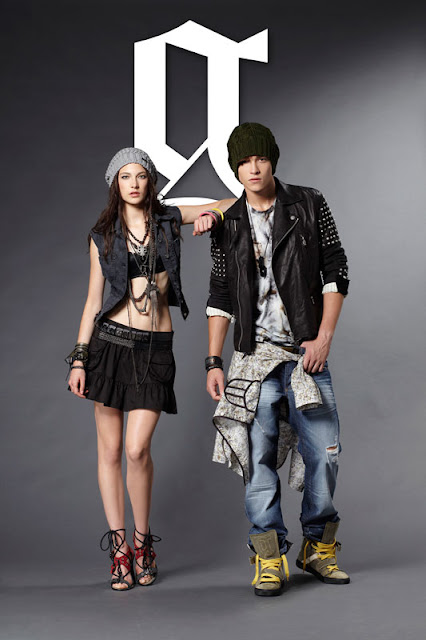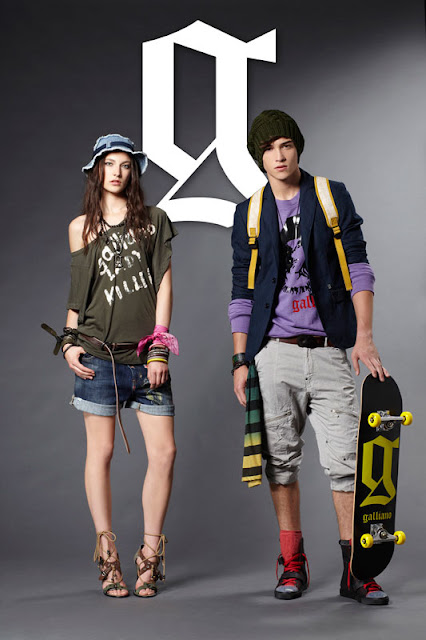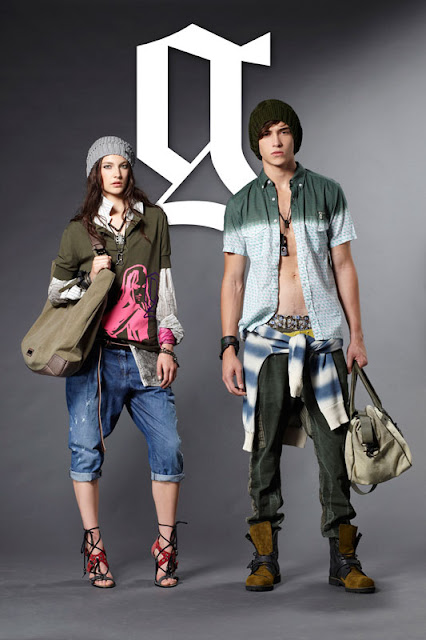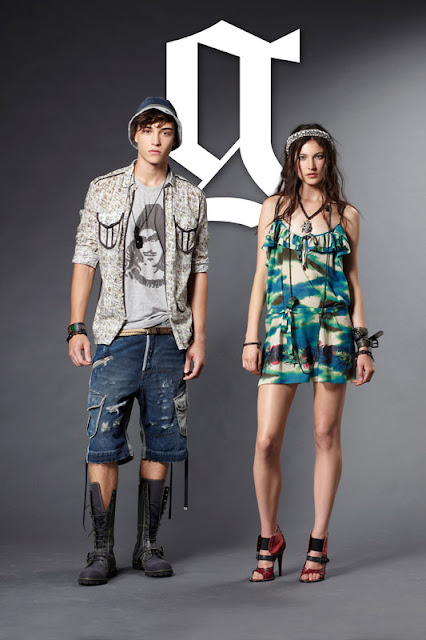Humans have covered their heads since time immemorial. Initially headwear offered protection from the elements and from injury from falling rocks, weapons or masonry. Later head coverings became symbols of status of authority. Soon after hats progressed to become not only a uniform, but also an art form.
In fashion terms, hats are a very noticeable accessory because the onlooker’s attention is first drawn to the face. A hat is the most noticeable fashion item anyone can wear.
Etiquette and formality have played their part in hat wearing. At the turn of the 20th century in 1900, both men and women changed their hats dependant on their activity, but for many ladies of some social standing it would be several times a day.
Etiquette articles suggest that it would be a disgraceful act to venture out of the house without a hat or even gloves. One record tells of a young lady venturing out to post a letter without her hat and gloves and being severely reprimanded for not being appropriately dressed.
It did not matter if you were poor or rich, old or a child, whatever the status a person wore a hat, only beggars went bareheaded. Even militant suffragettes did not campaign without a hat.
The hats worn today are either worn for a special dressy occasion such as a wedding or conversely as casual statement attire in the way that caps might be worn the wrong way around. Functional hats are still used by uniformed workers for corporate identity or protection as well as by many individuals in inclement weather. Individuals wear fur hats or simple fleece beanie hats in very cold weather and use sunhats in very sunny weather. Those who cannot bear a hat unwittingly adopt a hat form built into a garment, as in a hoodie casual zip top.
It is unlikely that the hat will ever die as an accessory as it offers far too much potential for drawing attention to the face. Fashion designers are aware of this and every so often exploit this fact in the hope that fashion followers will adopt the hat. In the world of logos, branding and status symbols the hat is an easy and usually less costly item to purchase from a design house and can make them a great deal of money if a particular item catches the imagination of the public. Often it advertises the company name.
Here a little bit of examples of hats through the history:
Hats worn in the period 1800
From 1900 to 1920
Hats worn in the period 1920 to 1940
The 1930's is an interesting period, both stylistically and historically.
Generally fashions of the 1930s are thought of as glamorous and sensuous. This is the era of the big bands, dancing and night life.
Hollywood and the movies also begin to be very influential to the fashion industry as people wanted to wear the styles they had seen on the screen.
Hats worn in 1950
In the years 1960 to 1970
Different trendys started to appear in the 60th decade. Jacky Kennedy had lots of influence on the people and many women followed her taste, such as the hat style she used to wear.
In this same period many things started to change and the young movement, the hippie subculture started to manifest and new accessoires and new trendies started to appear.
The most populair hats worn by the hippies in the flower power time was the "floppy hat":
... and also other kind of hats ...
... later on, during the mid-70's: the Disco period!
... and after that, until the present time we can see all kind of hats. From sofisticated, funny, excentric ... Everything is possible!
A very common example of excentricity and a MUST ... is during the horse races.
Its traditional to wear a hat at a race course. In the race events you can really be extravagant with your hat! The races such as Ascot are not only about the horses but friendly competitions between the ladies for best dressed and best hat!
Princesses wearing hats during royal weddings!
Many high fashion designers use their models to show their hats on the catwalk:
Conclusion ... wear what you want ...
wear a pet ...
... a hood ...
... an extravagant hat ...
... or just don't wear anything ... but a hat!!
